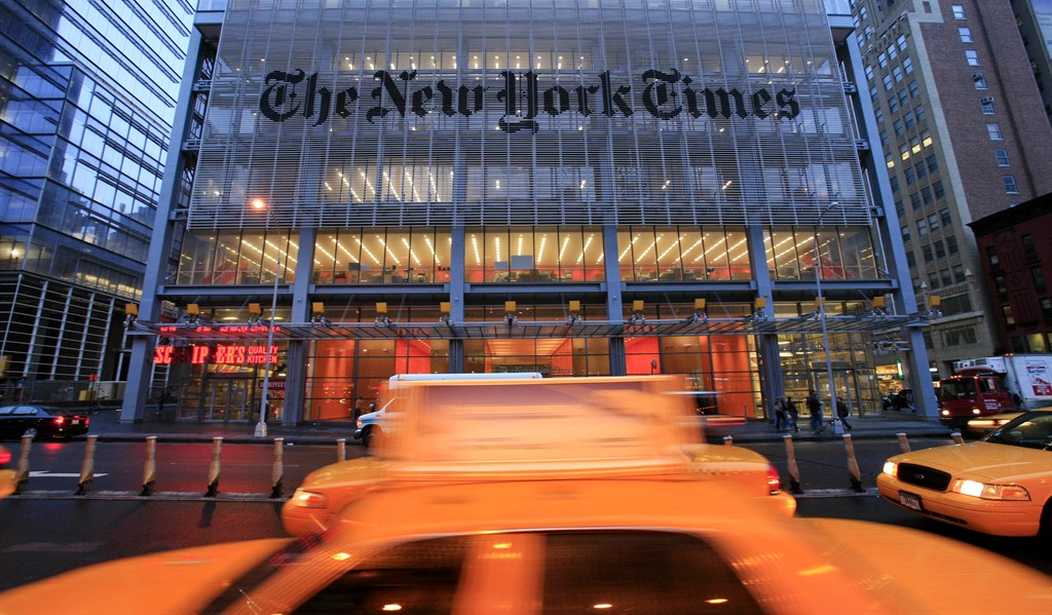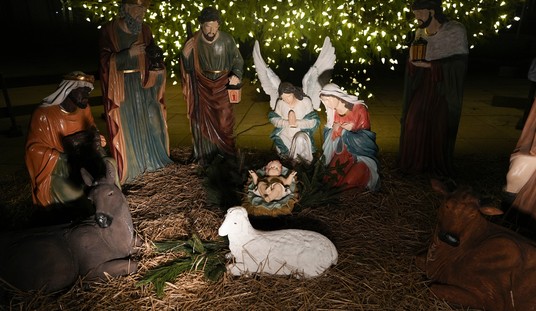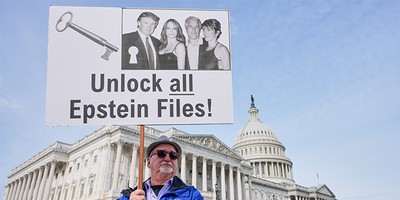The Centers for Disease Control Prevention (CDC) is facing pushback on its outdoor COVID-19 transmission statistic, which, though technically is true, is extremely misleading, The New York Times said.
In its guidelines for mask wearing released last month, the CDC claimed "less than 10 percent" of transmission was taking place outside.
"Saying that less than 10 percent of Covid transmission occurs outdoors is akin to saying that sharks attack fewer than 20,000 swimmers a year. (The actual worldwide number is around 150.) It’s both true and deceiving" explained The Times’s David Leonhardt.
It appears to be based partly on a misclassification of some Covid transmission that actually took place in enclosed spaces (as I explain below). An even bigger issue is the extreme caution of C.D.C. officials, who picked a benchmark — 10 percent — so high that nobody could reasonably dispute it.
That benchmark “seems to be a huge exaggeration,” as Dr. Muge Cevik, a virologist at the University of St. Andrews, said. In truth, the share of transmission that has occurred outdoors seems to be below 1 percent and may be below 0.1 percent, multiple epidemiologists told me. The rare outdoor transmission that has happened almost all seems to have involved crowded places or close conversation.
In offering an explanation for the statistic, Leonhardt pointed to the inclusion of rates of infection from construction sites in Singapore.
The Singapore data originally comes from a government database there. That database does not categorize the construction-site cases as outdoor transmission, Yap Wei Qiang, a spokesman for the Ministry of Health, told my colleague Shashank Bengali. “We didn’t classify it according to outdoors or indoors,” Yap said. “It could have been workplace transmission where it happens outdoors at the site, or it could also have happened indoors within the construction site.”
As Shashank did further reporting, he discovered reasons to think that many of the infections may have occurred indoors. (NYT)
Recommended
Another explanation is that academic researchers had to settle on a very broad definition of outdoors when collecting data worldwide.
In a statement to The Times, the CDC said it has "limited data on outdoor transmission" and erred on the side of caution when it came to recommending ways people can protect themselves.
"Erring on the side of protection — by exaggerating the risks of outdoor transmission — may seem to have few downsides. But it has contributed to widespread public confusion about what really matters," Leonhardt said.
“It is an example of how the C.D.C. is struggling to communicate effectively, and leaving many people confused about what’s truly risky.” https://t.co/4scrcq7mCv
— Maggie Haberman (@maggieNYT) May 11, 2021


















Join the conversation as a VIP Member